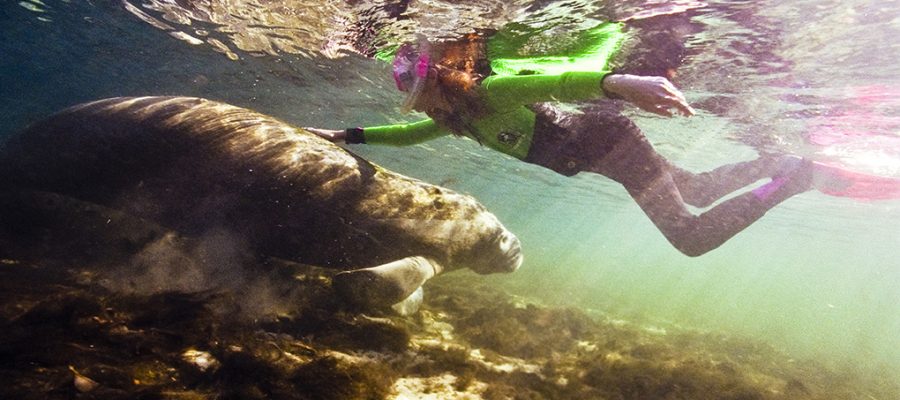Welcome to the fourth post in this series. In this post, we will be looking at why images are so powerful in the language learning process and at bringing images into the classroom to develop our students’ creative thinking.
The Social-Age
You may have noticed, with the popularity of Instagram, Snapchat, and Facebook, that images are becoming increasingly popular ways to express feelings, ideas and to convey messages. In mainstream education visual literacy (the ability to read, write but also create visual images*) has received a lot more attention over the last decade or so. In summary, visual literacy is about language and communication and has, due to digital media, become a tool through which we communicate ideas. Visual literacy is not a new concept, as John Hughes points out, and dates back to the earliest civilizations with cave drawings as a great example. However, as with most things in our modern-day lives, we are now bombarded with images and so this form of literacy is increasingly important.

The Impact of Images
Slowly but steadily the myth of learning styles is being recognized as an over-simplification, but that does not mean that visuals no longer have a place in the learning process. Making our teaching varied is key and using visuals is important as 60% of our brain is involved in one way or another Using images with other modes of input will make learning more memorable as you are providing opportunities for the brain to dual-code: store and consolidate new language in multiple ways.
For example, if I show you a picture and then tell you the story you are more likely to remember it than if you had only heard the story. In scientific terms, this is known as the Pictorial Superiority Effect.
The pictorial superiority effect is a term that resulted from experiments on human memory recall that have shown that pictures dramatically outperform text. For example, when information is presented orally, after 3 days, people will only remember 10% of it!
Another interesting fact is that our brain is not designed to deal with written text. Reading and writing are not natural processes for the brain, they are manmade constructs. However, nature has built into our brain the ability to see and interpret the visual world so maybe that’s why we use the saying a picture is worth a thousand words! National Geographic resources use amazing photography and powerful images throughout so why not make them an integral part of all of our lessons? Images make learning more memorable and engaging and they are great stimuli for language production, thinking and discussions in the classroom. So, let me give you a few ideas on how you can use them in class.

ACTIVITY 1- Stand like this!
There are times when my learners seem to feel sleepy in my classes and they just need to move for a bit. One activity they truly enjoy is “stand like this”. It’s not only enjoyable because they are up and moving but the images also provide a springboard for language, or as Jamie Keddie (2009) puts it “the language can be extracted from an image.” So, for this activity students work in small groups, depending on the amount of people in the image. For example, for the image below a group of 6 will do. Two students see the images and have to guide the others to “stand like this” which means they need to activate language of location, direction, body parts etc. It works really well if you get two groups to work on the same image so they can decide which group represented the image the best! Make sure you rotate roles with the next image you have selected. Of course, you can extend this activity with predicting what the text/video might be about or even with writing speech bubbles for each character if you want to focus on creative writing.

ACTIVITY 2 – Questions

Select a high-interest image, one that leaves plenty of room for imagination! Then divide your class into 2 or 3 groups. Get them to look at the image and get each group to think about possible questions they would like to ask. You can write the Wh-question words on the board if you want to support their thinking. They also need to think about possible answers for questions that might get asked. Depending on your lesson focus you can get groups to discuss, Q and A, or you can get them to write them out which integrates written practice and question formation. After about 6-8 minutes, group 1 asks a question to group 2 who answer. Group 2 ask a question to group 3 who then complete the circle by asking a question to group 1. Whilst students ask and answer write underneath each group on the board the answers they are given. Depending on the lesson aim and time available you can either use this as a prediction task before the reading, or you can focus on learners’ language on the board (improve the sentences, focus on errors etc.) or ask learners in their groups to write a creative story including the group’s sentences on the board.
ACTIVITY 3 – Can you see the Connection?
In my second blog post in this series, I talked about an activity called ”can you see the connection”. In the example activity, the teacher provides 4 images that are connected in some way and students need to describe the images and interpret the meaning to decide what possible connection there is between the 4 pictures. You can give your groups of learners this task for homework; in their teams, they need to take 4 different pictures for homework on a particular topic (you can give them a topic, or give them a choice). These pictures are brought back to the class (they can WhatsApp them to you or place them on Google Drive or similar). In class, other students need to find a possible connection. Setting this for homework means that your learners have a valid reason to use their phones and they will need to use language to prepare a short summary afterward of what the story behind the images is and why they have selected them.
To sum up, We’ve spoken about using images in a variety of ways to get students’ creative juices following. Let us know how it goes if you end up using one of these activities! And please let us know if you have any other great activities with images to share. My advice is to always be on the lookout for interesting, thought-provoking, rich images because they are a great source for creative thinking and language production. And, importantly, learning new language accompanied by powerful images makes it not only more engaging but also more memorable. Until next time!
References:
Bennett, J. (March 2012). Retrieved from https://www.youtube.com/watch?v=cLLDUyy8utY.
Hughes, J. (April 2016). 10 visual literacy activities for language learning. Retrieved from https://www.myetpedia.com/visual-literacy-activities-language-learning/
Keddie, J. (2009). Images, OUP
King, P. (2013). How much of the brain is involved with vision? Retrieved from https://www.quora.com/How-much-of-the-brain-is-involved-with-vision-What-about-hearing-touch-etc
Visual Literacy Today. (n,d). What is Visual Literacy? Retrieved from https://visualliteracytoday.org/what-is-visual-literacy/.
Author: Anna Hasper
Anna Hasper is a teacher, trainer and international English Language Teaching consultant based in Dubai, United Arab Emirates. Anna’s specialty is enabling teachers within local constraints, such as limited resources, to become the best teacher they can by enhancing all students’ learning opportunities through engagement. She has been working in the ELT industry for over 13 years and has worked on various projects for the british Council, International House, Ministries of Education, private schools, education providers and publishers in primary, secondary and vocational contexts. She loves exploring new places and learning about different cultures and has worked in a variety of countries such as China, Jordan, Iran, Uganda, Senegal, Algeria and Armenia. She currently writes and trains teachers for publishers and delivers a variety of Cambridge accredited teacher training courses (TKT, CELTA, YL Ex & Delta Module 3) around the world.


